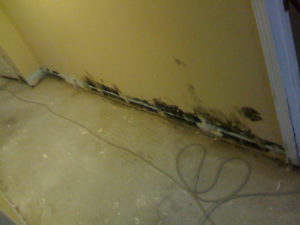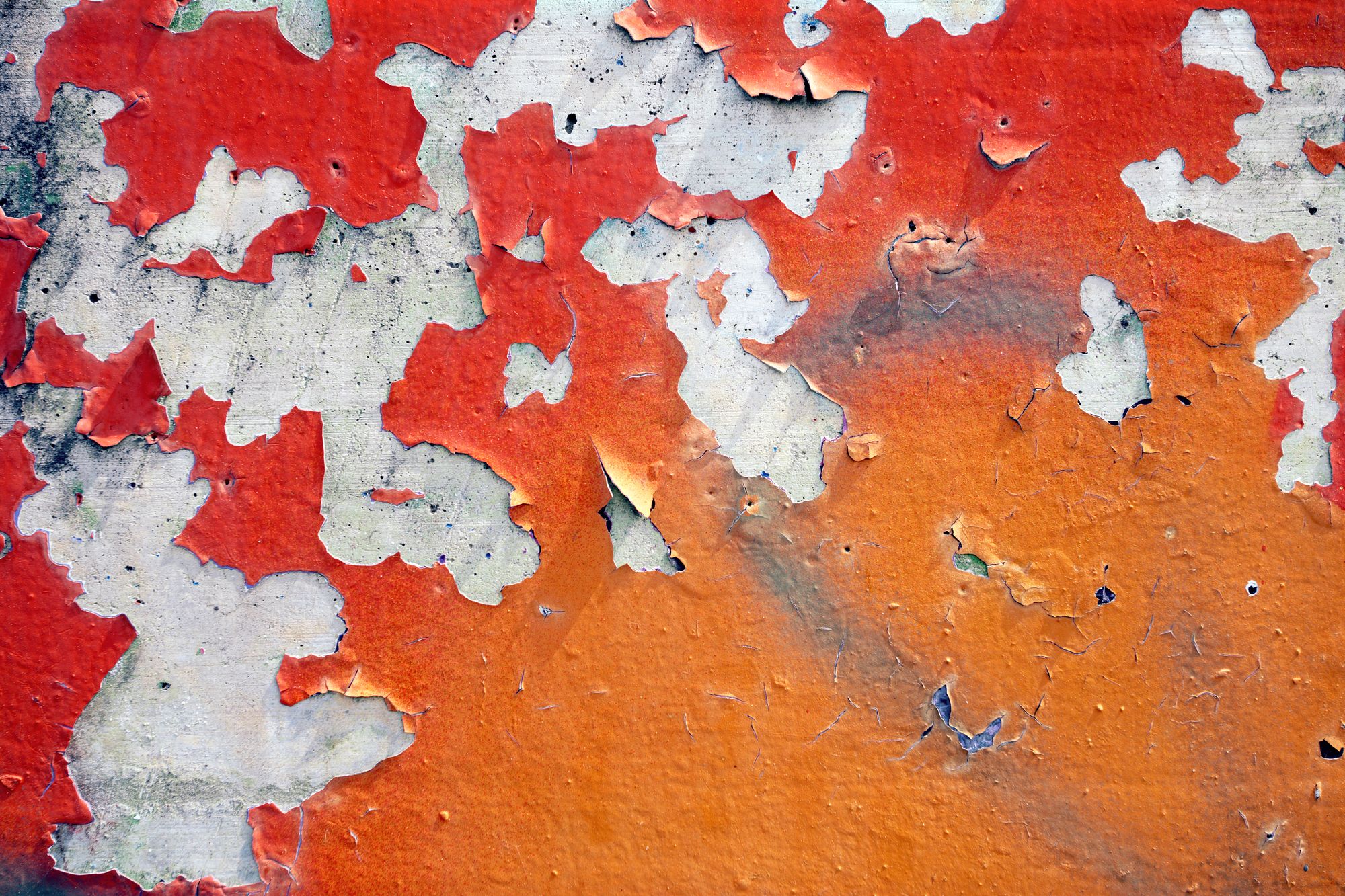They are making several great observations related to How to Remove Water Stains from Walls and Ceilings in general in this content which follows.

Water discolorations on wall surfaces are not enjoyable to the eyes. Your residence must be without discolorations on the wall surfaces, roofing system, or floorings. That is the suitable state of a house and its frameworks. Yet, often it seems nearly unavoidable to experience water stains on walls in residences.
Property owners living in damp regions regularly deal with the worry of water spots on walls. With all-around as well as accurate information on the reasons of water discolorations and also punctual fixing procedures, you will always be a step ahead of such occurrences.
3 Usual Root Causes Of Water Spots on Walls
Unlike common belief, water spots on walls do not constantly come from poor structure products. There are a number of causes of water discolorations on wall surfaces. These include:
Poor Water drainage
This will certainly prevent water from permeating into the wall surfaces. This links to too much dampness that you notice on the wall surfaces of your building.
So, the leading cause of damp walls, in this case, can be an inadequate drain system. It can also result from bad management of sewer pipes that go through the structure.
Wet
When hot moist air meets dry cool air, it triggers water beads to form on the wall surfaces of structures. When there is steam from food preparation or showers, this happens in restrooms and also kitchen areas. The water droplets can tarnish the bordering walls in these parts of your house and infect various other areas.
Wet or condensation affects the roof covering as well as wall surfaces of buildings. When the wall surface is wet, it develops an appropriate setting for the growth of germs and fungis.
Pipe Leaks
Most houses have a network of water pipelines within the walls. It always raises the viability of such pipes, as there is little oxygen within the wall surfaces.
Yet, a downside to this is that water leakage impacts the wall surfaces of the building and triggers prevalent damage. An indicator of faulty pipes is the appearance of a water discolor on the wall surface.
Water Stains on Wall: Repair Service Tips
Home owners would generally want a quick fix when handling water discolorations. Yet, they would certainly quickly understand this is counterproductive as the water stains repeat. Below are a few useful tips that will certainly lead you in the fixing of water spots on walls:
Pro Suggestion
A houseplant in your home likewise enhances its humidity. If the house is already moist, you might desire to present houseplants with very little transpiration. An example of appropriate houseplants is succulents.
Final thought
No one desires to have water discolorations on wall surfaces in their house, it can occur to the best of us. This article gives you utilize, as you currently recognize exactly how to handle this accident if it does occur.
It is always best to hire specialist services to assist fix the problems in your house.
Often it seems almost unpreventable to experience water discolorations on wall surfaces in homes.
Contrary to preferred idea, water spots on walls do not constantly stem from bad building materials. There are numerous reasons of water stains on wall surfaces. The water beads can discolor the surrounding wall surfaces in these parts of your home and also spread to various other areas.
Here are a few useful tips that will certainly lead you in the fixing of water spots on walls:
CHECKING FOR WATER DAMAGE
Water damage can be costly, and it may begin before you even notice the first signs of trouble. Water damage can cause mold and mildew in your walls and floors, which can create an abundance of health concerns for your family. It can also lead to costly repairs of various appliances and general home fixtures. To avoid the pricey consequences of water damage, here are Warner Service’s top 5 places you should check:
The walls – The easiest place to spot the beginnings of water damage is on the walls and ceilings of your home. If water damage is present, there will most likely be water stains, especially around the windows and doorframes, and/or cracks in the drywall. If a stain looks unusual (discolored to brown, black or gray, raised texture), has a swollen appearance or is soft to the touch, contact a professional immediately. The pipes – To avoid water damage, consistently check the pipes in your kitchen (especially the dishwasher and ice maker), bathrooms, laundry room (specifically washing machines) and basement for corrosion, leaks and water stains. Pay special attention to where the pipes connect in your home and the location of caulking around the bathroom fixtures, including toilets, sinks, showers and tubs. Missing or loose caulking and grout could be signs of leaking water. This seepage can also quickly cause mold and rust, so double check your water heater and tank for wet spots on the floor. The floor – Water damage is very easy to spot on the floor. Look for any warping or buckling of the material, especially in the basement. If your home has wood flooring, look for bright white or dark stains. If your home has carpeting, keep it dry and clean. A damp carpet that smells of mold could cause water damage and health problems. To avoid this, consider installing floor pans under your appliances to help prevent damages from small, slow and undetected leaks. The basement and attic – If your basement or attic smells odd check for mold and mildew around the area, especially the valley where the roof meets. While you are inspecting those areas, check for wall cracks, floor stains, rust and dampness in the insulation. If you live in a colder and/or rainier climate, perform routine checks for water damage from melting snow or ice and rain. The exterior – Check the roof for damaged flashing and missing, cracked or curled shingles. There should also be no standing water anywhere outside your home. This could be caused by puddles, leaky rain gutters or hoses, poor drainage, or short gutter spouts. Invest in a sump pump system or water flow monitoring system, and perform routine maintenance on these outdoor appliances to avoid indoor water damage.

As an avid reader on How to Find and Repair Water Leaking in the Wall, I was thinking sharing that post was a great idea. Appreciated our write up? Please share it. Help somebody else check it out. Thank you for your time invested reading it.
Estimate Free